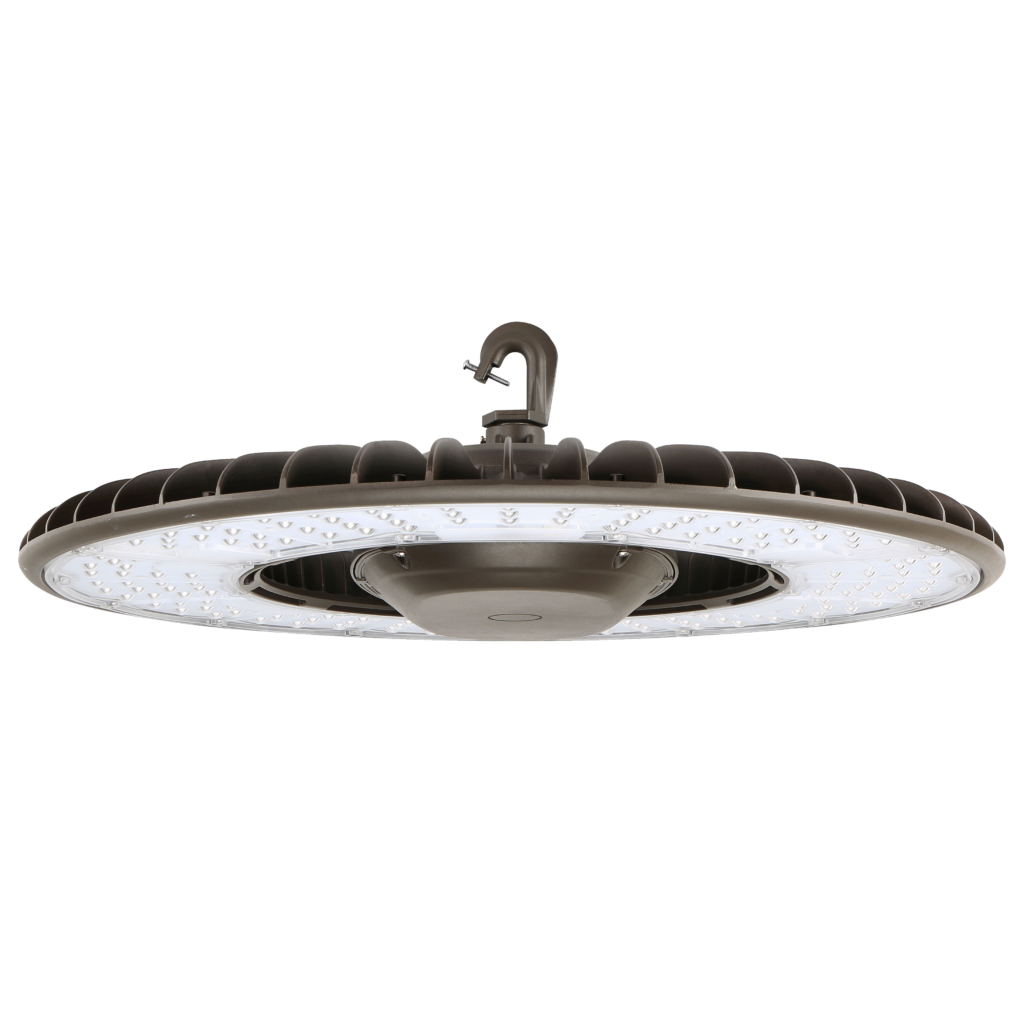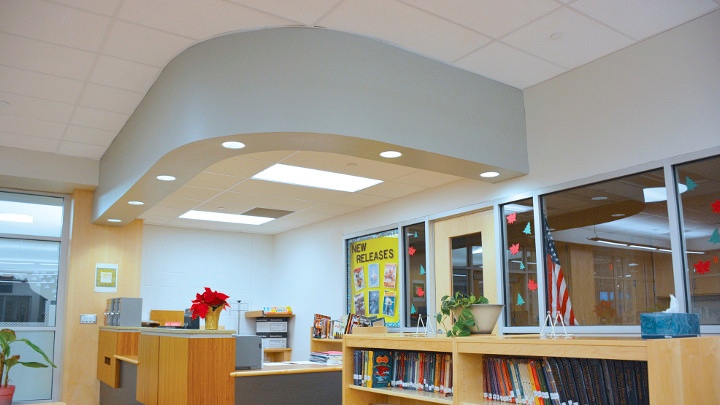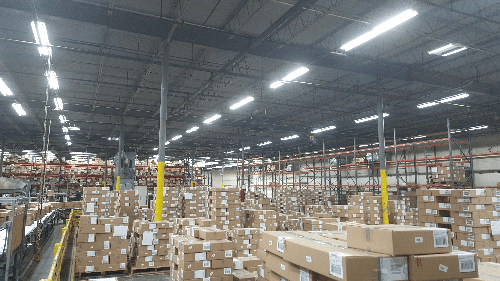Visible light communication (VLC) is a wireless method that uses light emitted by LEDs to deliver networked, mobile, high-speed communication similar to Wi-Fi, leading to the term Li-Fi. It can be used as standalone solution or in a supplementary role to radio-frequency (RF) or cellular network communication.
The basis of the technology, conceived by Professor Harald Haas of the University of Edinburgh, involves switching LEDs ON and OFF within nanoseconds at a very high frequency. Haas demonstrated the technology at a TED Global talk in 2011 and went on to co-found PureLiFi, a Li-Fi technology OEM for LED manufacturers.
As the visible light spectrum is 10,000 times larger than the radio frequency spectrum, VLC is regarded as a solution to RF bandwidth limitations. Industry has generated very high data transmission rates, making it competitive.
Though the signal cannot penetrate obstructions such as walls, a direct line of sight is not required as long as long as light is reflected from other surfaces. The LED lighting must be ON for the signal to transmit but can be dimmed to very low levels. VLC has an advantage over Wi-Fi in that transmission does not cause electromagnetic interference.
Applications are broad, but one application has attracted key interest by major lighting manufacturers Acuity Brands, GE and Philips. That is to say, big box retail.
Lighting has long been considered the “silent salesperson” in retail because it facilitates wayfinding and can be used to attract shoppers to key merchandise. VLC introduces a new way to connect retailers and their customers to enhance the shopping experience and improve value.
 5 Things to Know Before Shopping For High Bay Lighting
5 Things to Know Before Shopping For High Bay Lighting










